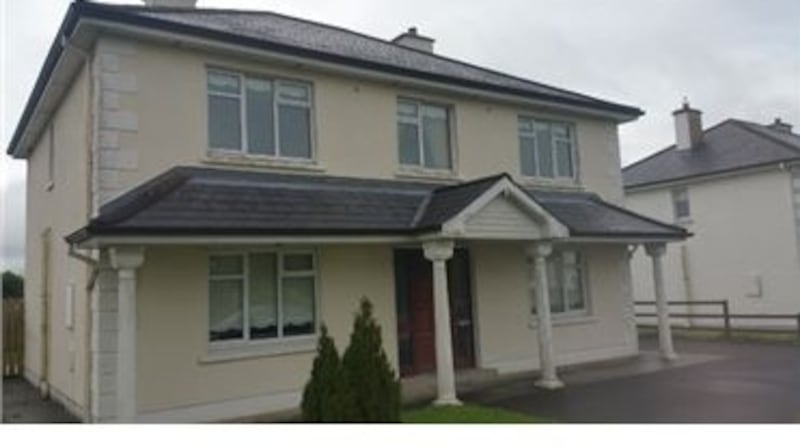Mortgage drawdowns and approvals may be on the rise, but the Irish property market is still far from “normal”, as new figures show that activity rates across the country remain far below the rate that would be expected.
Indeed a new survey by GeoDirectory points to a three-tier property market, with Dublin boasting the highest house prices and the highest turnover rates, followed by commuter counties and other metropolitan areas such as Cork and Galway. In the third tier are rural counties like Leitrim and Longford, which continue to be hamstrung by high vacancy rates and low property prices.
According to the GeoView report, the national average housing turnover rate between July 2015 and June 2016 was 2.1 per cent, or 1.5 per cent when Dublin is excluded. This means that out of the 2 million or so properties across the country, just 2.1 per cent (43,000) properties were sold in the year to June 2016.

Annette Hughes, director of DKM Economic Consultants, said such a turnover rate " is still well below what would be deemed to be a more normal housing turnover rate of around 4 to 5 per cent".
And the figure is declining. Based on figures drawn from the property price register (PPR), there were 42,960 transactions in the year to June 2016, down by 5 per cent from June 2015. The vast majority (87.8%) of these were for second-hand properties, while Dublin saw the greatest activity, with 13,118 transactions, representing 2.5 per cent of the total Dublin residential stock. Monaghan saw the lowest rates of activity, with just 329 properties sold in the year to June 2015, giving it the lowest turnover rate (1.3%), followed by Donegal (1.5%) and Tipperary (1.6%).
Where are lowest house prices?
Surprisingly perhaps, the survey shows that lower house prices are reported not always where the lowest activity is. Longford for example, has the lowest average property price of just €80,357, but a relatively high turnover rate of 2.1 per cent, with some 400 houses sold during the period. Monaghan on the other hand, which has a turnover rate of just 1.3 per cent, with a little over 300 properties sold during the period, has an average house price of €120,835.
On a national basis, the average house for the year was €232,862, or €168,078 when Dublin is excluded. Dublin had the highest average transaction price (€380,237) in the country, followed by commuting counties Wicklow (€315,564) and Kildare (€255,967). In addition to Longford, two other counties had an average house price of less than €100,000 - Roscommon (€88,317) and Leitrim (€91,608).
Where is new construction happening?
On the new development front, the survey reveals that some 4,375 properties were under construction in June 2016, with almost a quarter of these located in Dublin, while Cork and Galway accounted for 12.4 per cent and 7.1 per cent respectively. Building activity was weakest in Longford, Leitrim and Roscommon as fewer than 60 buildings under construction were recorded between these three counties.
And the highest vacancy rates?
The report also draws on information from Census 2016 to reveal which counties have the highest vacancy rates. Unsurprisingly perhaps Leitrim, which has one of the lowest average property prices, had the highest vacancy rate (29.5%), followed closely by Donegal (28.2%), Kerry (24.2%), Mayo (24.0%) and Roscommon (21.6%). The counties with the lowest vacancy rates were Kildare (6.3%), Dublin (6.9%) and Meath (7.5%).
Mortgage market moves again
Figures also published on Tuesday show that the mortgage market is moving again, albeit off a moderate base, with mortgage drawdowns growing strongly in the second quarter of the year. According to figures from the Banking & Payments Federation Ireland (BPFI), some 6,803 mortgages to a value of €1.29 billion were drawn down inthe second quarter of 2016, an increase of 24.9 per cent in volume and 28.8 per cent in value compared with the first quarter of the year. It is the highest second quarter drawdown figure since 2010. On an annual basis, the number of mortgages drawn down rose by 11.2 per cent from the second quarter of 2015, while the value jumped by 17.9 per cent.















